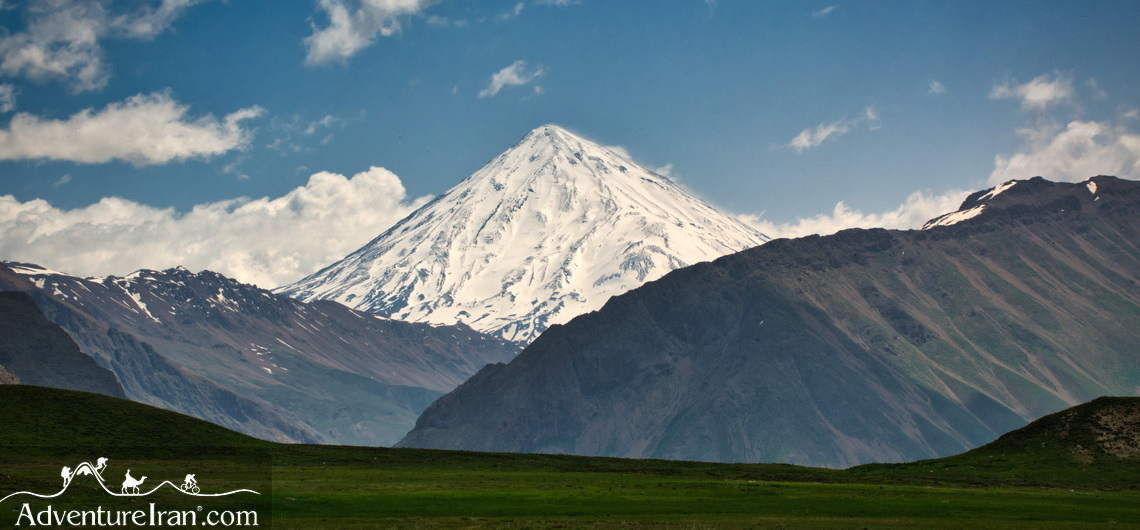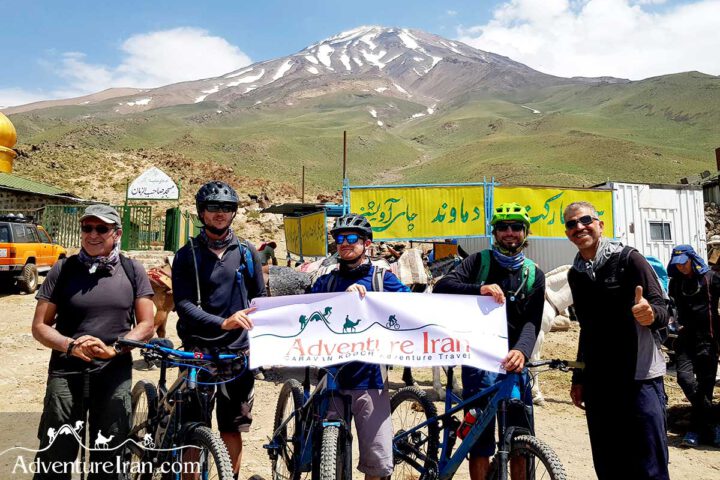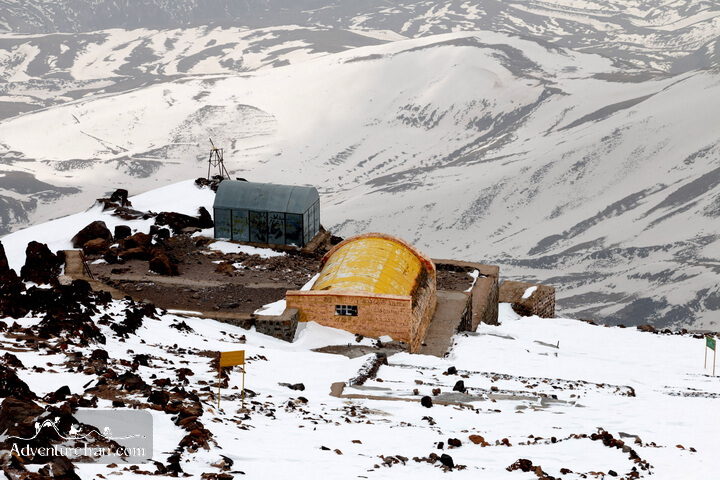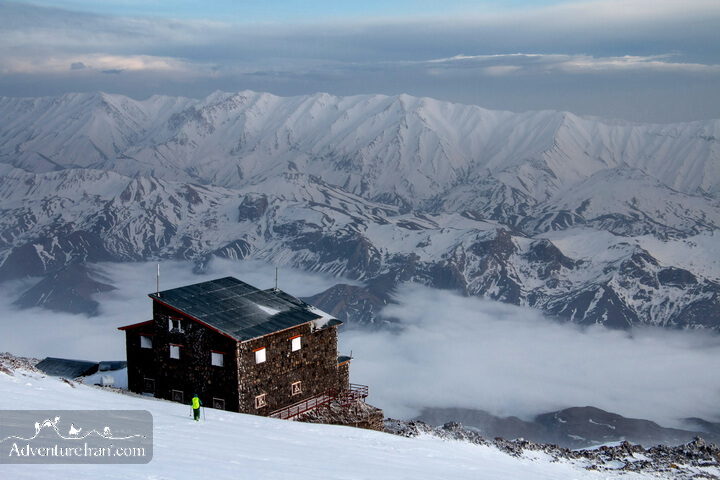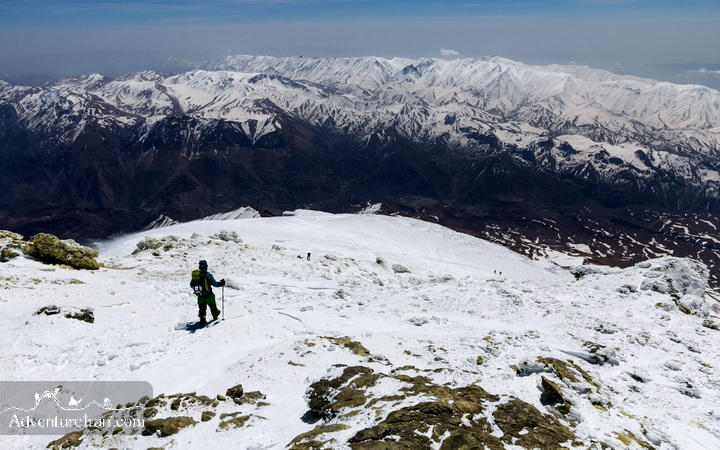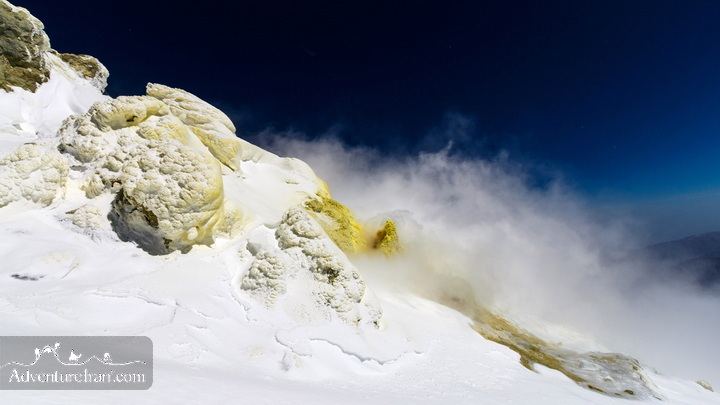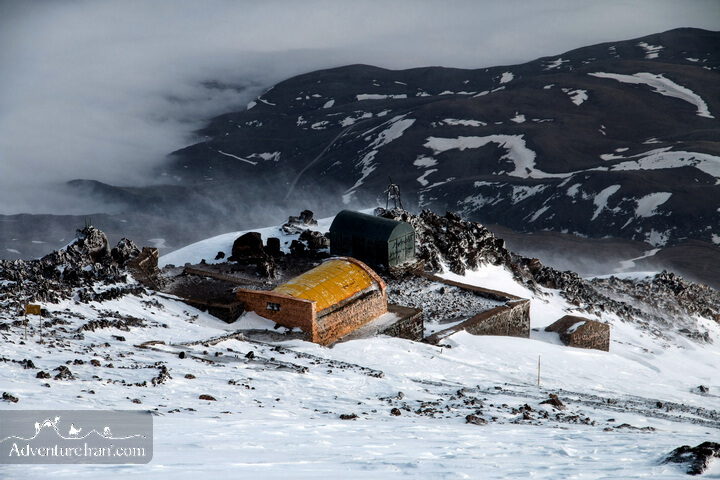Damavand Acclimatisation Programme
Due to its altitude of 5,610m, one needs to acclimatize before ascending Damavand. One’s experience and fitness are alas not enough and at Adventure Iran we have designed the Damavand Acclimatisation Programme to allow for an enjoyable ascent.
Thus, in order to avoid any difficulties or headaches due to altitude sickness, we recommend that before hiking directly up to the altitude of 4,000m and then ascending the peak (5,610m):
1. on the first day, you sleep at an altitude of around 2,000-3,000m; and
2. on the second day, ascend to the altitude of approx. 3,000-4,000m and then descend and again sleep at the altitude of 2,000-3,000m to physically and mentally prepare yourself.


